|
|
LZ说的要求其实在标准当中是来源于7.2.1的这段话:
; [! h: Y I. \Metal parts of luminaires which may become live in the event of an insulation fault and which6 h6 C; }+ \- ?+ \
are not accessible when the luminaire has been mounted, but are liable to come into contact
. G& }$ _' q6 s/ e. [/ F2 {! Gwith the supporting surface, shall be permanently and reliably connected to an earthing* Z1 |9 T, \$ H5 Z
terminal.
. C$ C( @! W/ A* Q% L. `7 I- u4 u% z W* W; g. U
所以问题的关键在于以下两点:
% C; f4 }9 `4 |7 a1、灯具内部的基本绝缘部件会不会与金属支架接触。如果是不可能接触到灯具内部的基本绝缘件,那么其实支架无需接地;1 b- E/ f) B C9 z) | P
0 A0 s3 e6 ~7 n8 R2、如果考虑了上述第一点判断支架需要接地,那么是否可以认为安装螺钉+菊花垫片提供了可靠的接地呢?我的理解是要考虑三方面:* j* ~6 ]3 n% l1 ?- J/ }9 n
2.1 接地电阻测试; 8 d; o2 E5 t1 `4 @/ A1 B* W1 c( {" w& x: `
2.2 满足4.11.3的要求(这里有菊花垫片,可以认为满足了4.11.3的要求);
0 }3 o# m$ c% r1 W$ I0 x5 r 2.3 在7.2.1要求‘permanently’永久地连接到接地端子(那么很多机构会认为固定支架的螺钉在安装过程中需要拆装,一次不是一个永久的接地连接。其实这也是合理的,因为你无法保证灯具经过安装后,支架和灯外壳之间还能保持良好的接地连接)0 f, E" x7 z0 m! x
$ c6 q0 S8 A$ }$ d至于楼上提及的金属外壳是喷漆或者电镀的其实不是关键,标准当中另有条款规定了:
. q8 N& y/ e# a, P% j; Y9 z% K% Y7.2.8 Either the screw or the other part of the earth terminal shall be made of brass or other- A/ s9 C( d' X8 O
non-rusting metal or a material with a non-rusting surface and the contact surfaces shall be9 b3 N& ?) f8 p u$ k2 r" x& H
bare metal.
* W8 O, @% M. ?* w5 Y% }& [6 [8 J, e
7 }' ?3 H) h8 |/ o. t9 S
0 ]. m5 x2 H9 @, L, K |
|



 窥视卡
窥视卡 雷达卡
雷达卡 发表于 2012-11-17 07:38
发表于 2012-11-17 07:38
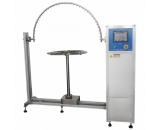

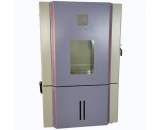



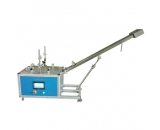

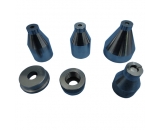






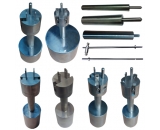
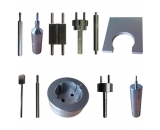
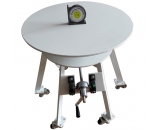
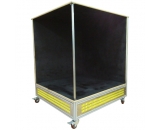

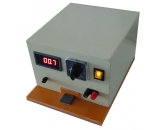
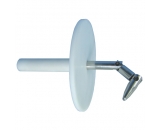
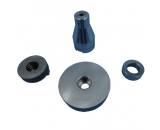
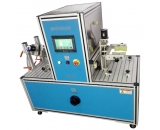
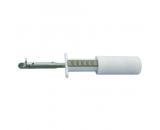
 提升卡
提升卡 置顶卡
置顶卡 沉默卡
沉默卡 喧嚣卡
喧嚣卡 变色卡
变色卡 抢沙发
抢沙发 千斤顶
千斤顶 显身卡
显身卡 发表于 2012-11-17 08:43
发表于 2012-11-17 08:43
 发表于 2012-11-17 10:31
发表于 2012-11-17 10:31
 楼主
楼主













